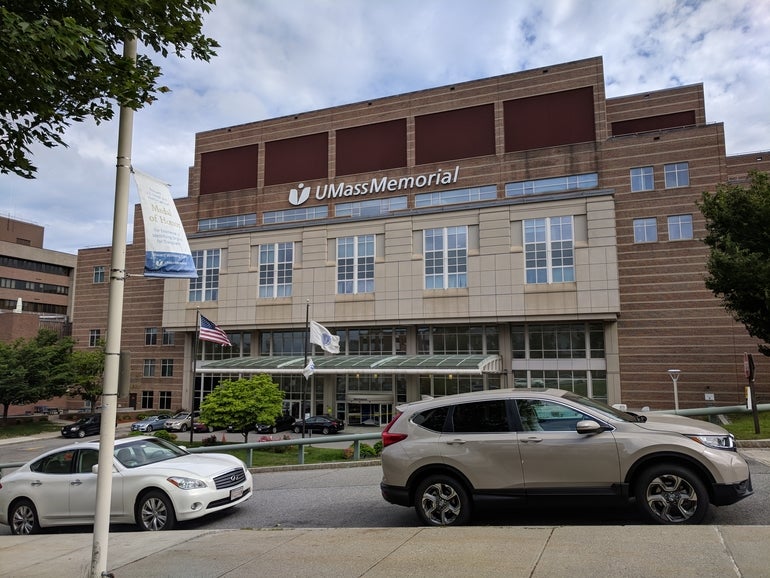Overcrowding of hospital emergency departments has become a major factor in safety problems or potential ones, according to a new Massachusetts government report.
A report released Tuesday by the Betsy Lehman Center for Patient Safety, a state agency aiming to reduce patient harm, estimates between roughly half and four-fifths of what it calls adverse incidents in emergency departments are largely avoidable.
That rate more than doubles other areas of a hospital, the report said, and many of those incidents stem from overcrowding.
Emergency departments can increasingly be hectic and unpredictable, the report said, often with too few nurses and doctors to treat patients and sometimes too few beds to quickly get patients cared for. Making matters worse, emergency health providers told the report’s authors they see patient violence against staff, diagnostic errors and cases of patients left without being seen as major issues.
Dr. Martin Reznek, UMass Memorial Medical Center’s vice chair for emergency medicine and a panel member for the report, said overcrowding is at the root of many of the issues, with patient demand challenges worsening in the past five to 10 years. Emergency departments are often the first to feel a capacity squeeze, he said.
Nationally, more than 90% of emergency departments have reported routine overcrowding, the report said. In Massachusetts, a 14% rise over five years in the rate of emergency department patients with behavioral health conditions have complicated how patients are treated.
Hospitals, including UMass, work to recruit more doctors and nurses, Reznek said. But adding more staff or adding space for more beds come with financial costs while many hospitals struggle to keep costs down.
“It’s not that folks aren’t thinking about it,” Reznek said. “They are.”
Changes coming with little or no cost can and sometimes have been adopted, Reznek said, including changing procedures for staff communication. The state Department of Public Health has a policy, named Code Help, requiring acute-care hospitals to have plans in place to avoid emergency department overcrowding.
Tuesday’s report, called “Urgent Matters,” gives examples of steps hospitals have taken to improve emergency department safety. They include UMass Memorial, which in 2010 instituted clinical guidelines overseen by a committee. In 2013, UMass Memorial began using medical scribes, which are non-medical personnel who accompany clinicians on patient visits and handle documentation to free up time for clinicians to spend more time with patients.
The report calls for other steps to address overcrowding, including keeping stable-condition patients in hallways while waiting for beds, instead of waiting in the emergency room, and sending patients home sooner if they’re able to, while having providers visit them at home after discharge.

